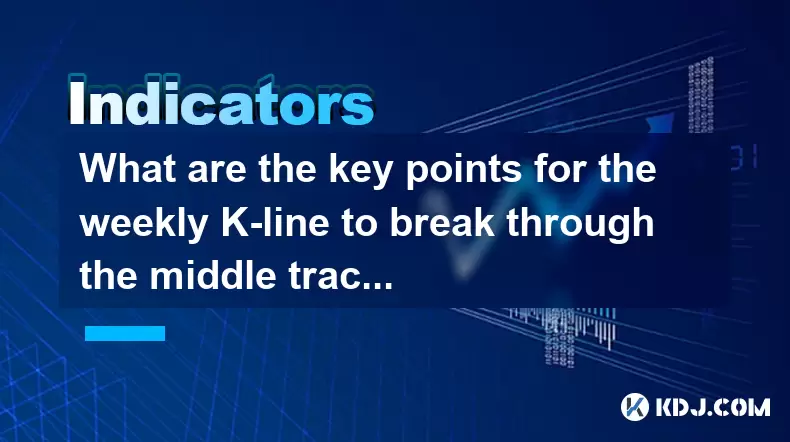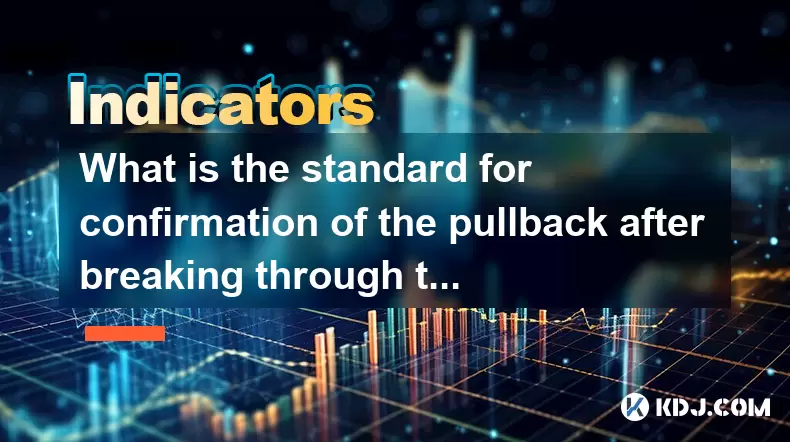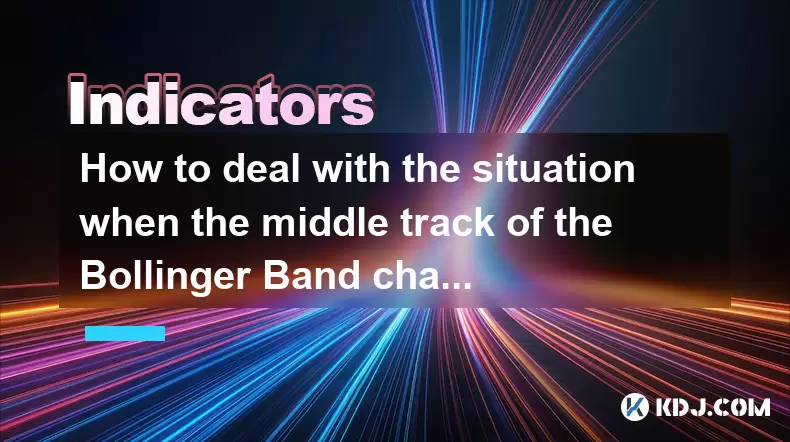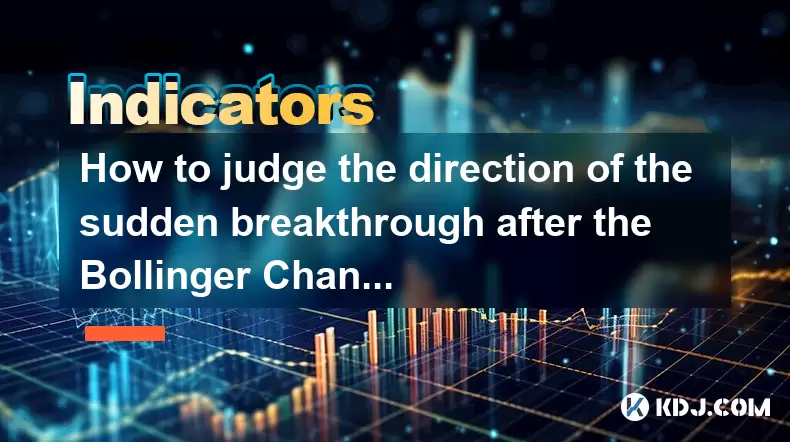-
 Bitcoin
Bitcoin $101,898.5005
-0.75% -
 Ethereum
Ethereum $2,258.1125
-1.07% -
 Tether USDt
Tether USDt $1.0004
0.01% -
 XRP
XRP $2.0178
-2.93% -
 BNB
BNB $624.0243
-1.53% -
 Solana
Solana $134.3298
-0.90% -
 USDC
USDC $0.9999
0.01% -
 TRON
TRON $0.2675
-2.05% -
 Dogecoin
Dogecoin $0.1538
-1.96% -
 Cardano
Cardano $0.5482
-1.11% -
 Hyperliquid
Hyperliquid $35.5636
5.45% -
 Bitcoin Cash
Bitcoin Cash $453.4902
-1.66% -
 Sui
Sui $2.5134
-2.97% -
 UNUS SED LEO
UNUS SED LEO $9.1292
1.77% -
 Chainlink
Chainlink $11.8457
-1.60% -
 Stellar
Stellar $0.2312
-2.73% -
 Avalanche
Avalanche $16.9721
0.29% -
 Toncoin
Toncoin $2.7549
-3.82% -
 Shiba Inu
Shiba Inu $0.0...01081
-1.10% -
 Litecoin
Litecoin $80.8250
-0.71% -
 Hedera
Hedera $0.1374
0.21% -
 Monero
Monero $305.4827
-2.36% -
 Ethena USDe
Ethena USDe $1.0006
0.00% -
 Dai
Dai $1.0000
-0.01% -
 Polkadot
Polkadot $3.2085
-3.12% -
 Bitget Token
Bitget Token $4.0845
-3.13% -
 Uniswap
Uniswap $6.3353
-1.63% -
 Pi
Pi $0.5085
-0.70% -
 Pepe
Pepe $0.0...08913
-3.82% -
 Aave
Aave $232.7090
-0.58%
What are the key points for the weekly K-line to break through the middle track of the Bollinger Bands and then step back to confirm?
A breakout above or below the Bollinger Bands' middle track, confirmed by volume and retest, can signal a strong trend continuation or reversal in crypto markets.
Jun 23, 2025 at 07:21 pm

Understanding the Bollinger Bands Indicator
The Bollinger Bands indicator is a widely used technical analysis tool in cryptocurrency trading. It consists of three lines: a simple moving average (SMA), typically set to 20 periods, and two standard deviation bands plotted above and below the SMA. These bands dynamically expand and contract based on price volatility. The middle track refers to the central SMA line. Traders often watch for price interactions with these bands to identify potential trend reversals or continuations.
Key Insight: When price touches or breaks through the upper or lower band, it indicates strong momentum, but this doesn't necessarily mean a reversal or continuation signal by itself.
Price Breakout from the Middle Track of Bollinger Bands
A breakout occurs when the price moves decisively beyond a significant level—in this case, the middle track of the Bollinger Bands. This usually signals a shift in market sentiment and can be an early sign of a new trend forming. In the context of crypto markets, where volatility is high, such breakouts can provide valuable entry or exit points.
- Identify the direction of the breakout: Determine whether the price is breaking upward or downward from the middle track.
- Confirm with volume: A valid breakout should be accompanied by increased trading volume, which adds credibility to the move.
- Watch for candlestick patterns: Look for bullish or bearish candles that confirm the breakout direction, such as engulfing patterns or pin bars.
Retest and Confirmation After the Breakout
After a breakout from the middle track, the next critical phase is the retest. During this stage, the price may return to touch or hover near the broken level to confirm its validity as a new support or resistance zone. This retest provides traders with a second chance to enter a trade with better risk-to-reward ratios.
- Observe how the price reacts: If the price respects the former middle track as a new support or resistance, it confirms the strength of the breakout.
- Analyze candlestick behavior during the retest: Bullish or bearish rejection candles like hammers or shooting stars can give clues about market intent.
- Use additional indicators: Tools like RSI or MACD can help confirm if the trend has momentum behind it or if it’s likely to reverse.
Importance of Timeframe and Market Context
It's crucial to consider the timeframe being analyzed. A breakout and retest on the weekly chart carries more weight than one observed on a 1-hour or 4-hour chart. Weekly K-line movements are less prone to false signals due to reduced noise and higher significance among institutional and long-term investors.
- Determine the broader trend: Use tools like the 200-week moving average to understand if the breakout aligns with the dominant trend.
- Evaluate macroeconomic conditions: Crypto markets are sensitive to global events, regulatory news, and macroeconomic data, all of which can influence the reliability of technical setups.
- Consider volatility compression: A tight consolidation around the middle track before the breakout suggests a potential powerful move afterward.
Practical Trading Strategies Based on This Setup
Traders can use the weekly Bollinger Band middle track breakout and retest as a foundation for developing systematic trading strategies. Whether entering a position after the initial breakout or waiting for the retest, proper risk management remains essential.
- Entry after breakout confirmation: Enter once the candle closes beyond the middle track with strong volume and favorable candlestick structure.
- Entry after retest confirmation: Wait for the price to come back to the middle track and show signs of rejecting lower or higher prices, depending on the breakout direction.
- Set stop-loss levels: Place stop-loss orders just beyond the recent swing low or high to protect against adverse price movement.
- Take profit planning: Use previous resistance or support levels, Fibonacci extensions, or trailing stops to manage profits effectively.
Frequently Asked Questions
What timeframes work best for confirming the retest after a Bollinger Bands middle track breakout?
While the weekly K-line provides the strongest signal, traders often use lower timeframes like the 4-hour or daily charts to fine-tune their entries. These smaller timeframes allow for more precise identification of retest behavior without losing sight of the larger trend established on the weekly chart.
Can Bollinger Bands alone be sufficient for making trading decisions?
No single indicator should be used in isolation. While Bollinger Bands offer valuable insights into volatility and potential breakouts, combining them with other tools such as volume indicators, moving averages, or oscillators like RSI enhances accuracy and reduces the likelihood of false signals.
How do I differentiate between a genuine breakout and a fakeout?
A genuine breakout typically shows sustained price action beyond the middle track, supported by increasing volume and follow-through in subsequent candles. Fakeouts, on the other hand, often occur with low volume, quick reversals, and failure to hold above or below the broken level.
Does this strategy apply equally well to all cryptocurrencies?
While the concept applies broadly, not all cryptocurrencies behave the same way. Larger-cap assets like Bitcoin and Ethereum tend to produce more reliable technical signals due to higher liquidity and participation from institutional players. Smaller altcoins may exhibit erratic behavior and require additional filters to avoid misleading signals.
Disclaimer:info@kdj.com
The information provided is not trading advice. kdj.com does not assume any responsibility for any investments made based on the information provided in this article. Cryptocurrencies are highly volatile and it is highly recommended that you invest with caution after thorough research!
If you believe that the content used on this website infringes your copyright, please contact us immediately (info@kdj.com) and we will delete it promptly.
- Cryptocurrencies, Coingecko, and Trending Tokens: What's Hot Now?
- 2025-06-23 23:05:12
- FUNToken: Decoding Past Trends and Getting Started in the Gaming Crypto Sphere
- 2025-06-23 22:25:12
- BTC Price Analysis: Navigating Volatility and the Quest for a New ATH
- 2025-06-23 22:25:12
- Genesis, Bitcoin Mining, and Air-Cooled Miners: A New Era?
- 2025-06-23 22:45:12
- Coinbase's Growth and Resilience: Navigating the Crypto Landscape
- 2025-06-23 22:45:12
- Bitcoin Options Market: Bullish Bets Amidst Geopolitical Jitters
- 2025-06-23 22:51:52
Related knowledge

Is it contradictory that the moving average system is arranged in a bullish pattern but the DMI shows a decline in trend strength?
Jun 23,2025 at 11:43pm
Understanding the Moving Average and DMI RelationshipIn cryptocurrency trading, technical analysis plays a crucial role in identifying potential trends and making informed decisions. Two of the most commonly used indicators are the Moving Average (MA) and the Directional Movement Index (DMI). While both tools aim to provide insight into market direction...

What is the significance of the gap formed by the gap opening not being filled within five days?
Jun 23,2025 at 09:42pm
Understanding Gaps in Cryptocurrency TradingIn the world of cryptocurrency trading, a gap refers to a situation where the price of an asset jumps from one level to another without any trading activity occurring between those two levels. This often happens over weekends or holidays when the market is closed, and significant news or events occur that impa...

What is the standard for confirmation of the pullback after breaking through the neckline with large volume?
Jun 23,2025 at 11:28pm
Understanding the Neckline in Technical AnalysisIn technical analysis, the neckline is a critical support or resistance level that appears in chart patterns such as head and shoulders, double tops, and double bottoms. It typically connects two or more lows (in the case of a head and shoulders top) or highs (in the case of a head and shoulders bottom). W...

How to deal with the situation when the middle track of the Bollinger Band changes from support to resistance?
Jun 23,2025 at 11:22pm
Understanding the Bollinger Band Middle TrackThe Bollinger Band is a widely used technical indicator in cryptocurrency trading. It consists of three lines: the upper band, the lower band, and the middle track, which is typically a 20-period simple moving average (SMA). Traders often rely on the middle track as a dynamic support or resistance level. Howe...

Does the second golden cross of MACD above the zero axis represent the continuation of strength?
Jun 23,2025 at 08:21pm
Understanding the MACD IndicatorThe Moving Average Convergence Divergence (MACD) is a widely used technical analysis tool in cryptocurrency trading. It consists of three main components: the MACD line, the signal line, and the histogram. The MACD line is calculated by subtracting the 26-period Exponential Moving Average (EMA) from the 12-period EMA. The...

How to judge the direction of the sudden breakthrough after the Bollinger Channel narrows to the extreme?
Jun 23,2025 at 11:00pm
Understanding the Bollinger Channel and Its Narrowing PatternThe Bollinger Channel is a widely used technical indicator in cryptocurrency trading, consisting of three bands: the middle band (a simple moving average), and two outer bands that represent standard deviations from the middle line. When the price consolidates for an extended period, the chann...

Is it contradictory that the moving average system is arranged in a bullish pattern but the DMI shows a decline in trend strength?
Jun 23,2025 at 11:43pm
Understanding the Moving Average and DMI RelationshipIn cryptocurrency trading, technical analysis plays a crucial role in identifying potential trends and making informed decisions. Two of the most commonly used indicators are the Moving Average (MA) and the Directional Movement Index (DMI). While both tools aim to provide insight into market direction...

What is the significance of the gap formed by the gap opening not being filled within five days?
Jun 23,2025 at 09:42pm
Understanding Gaps in Cryptocurrency TradingIn the world of cryptocurrency trading, a gap refers to a situation where the price of an asset jumps from one level to another without any trading activity occurring between those two levels. This often happens over weekends or holidays when the market is closed, and significant news or events occur that impa...

What is the standard for confirmation of the pullback after breaking through the neckline with large volume?
Jun 23,2025 at 11:28pm
Understanding the Neckline in Technical AnalysisIn technical analysis, the neckline is a critical support or resistance level that appears in chart patterns such as head and shoulders, double tops, and double bottoms. It typically connects two or more lows (in the case of a head and shoulders top) or highs (in the case of a head and shoulders bottom). W...

How to deal with the situation when the middle track of the Bollinger Band changes from support to resistance?
Jun 23,2025 at 11:22pm
Understanding the Bollinger Band Middle TrackThe Bollinger Band is a widely used technical indicator in cryptocurrency trading. It consists of three lines: the upper band, the lower band, and the middle track, which is typically a 20-period simple moving average (SMA). Traders often rely on the middle track as a dynamic support or resistance level. Howe...

Does the second golden cross of MACD above the zero axis represent the continuation of strength?
Jun 23,2025 at 08:21pm
Understanding the MACD IndicatorThe Moving Average Convergence Divergence (MACD) is a widely used technical analysis tool in cryptocurrency trading. It consists of three main components: the MACD line, the signal line, and the histogram. The MACD line is calculated by subtracting the 26-period Exponential Moving Average (EMA) from the 12-period EMA. The...

How to judge the direction of the sudden breakthrough after the Bollinger Channel narrows to the extreme?
Jun 23,2025 at 11:00pm
Understanding the Bollinger Channel and Its Narrowing PatternThe Bollinger Channel is a widely used technical indicator in cryptocurrency trading, consisting of three bands: the middle band (a simple moving average), and two outer bands that represent standard deviations from the middle line. When the price consolidates for an extended period, the chann...
See all articles
























































































